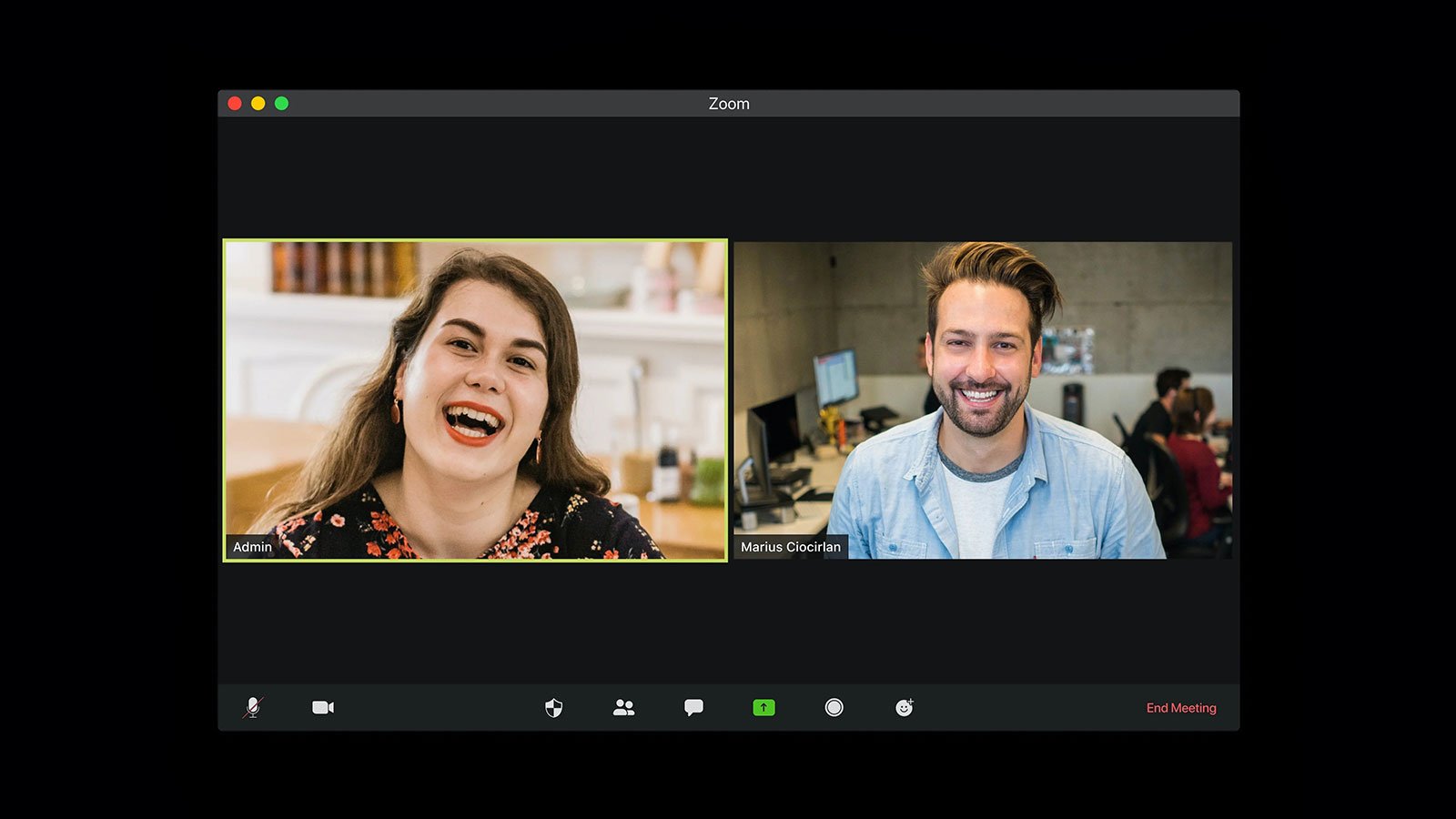The Recipe for a Successful 2019 Employee Benefits Strategy

On December 6th the Northeast Business Group on Health sponsored a meeting on the topic of Mental Health, Diversity and Workplace Performance. Speakers and attendees shared thoughts regarding how to support employees to promote health and to produce results for the corporate bottom line. Whether attendees were vendors or employers, all agreed that employees’ minds, bodies and lives must be viewed and supported holistically – it is “well-being.” To approach it otherwise is a competitive and fiscal risk…
Benefit leaders face a wide choice of options when it comes to offering well-being benefits. Every vendor has its argument why it should be chosen or why it can produce the highest returns. Yet, there are some consistent themes, which all in the room agreed are important in approaching well-being benefits. We were thrilled to realize that all map perfectly to our solutions for employers and health plans.
Comprehensive strategy vs. one-off benefits
Many companies view “comprehensive strategy” as daunting. It doesn’t mean executing it all at once. Rather, it is having open discussions as to what your culture is, what your values are, and how you will build out employee benefits to reflect these. If you are developing an overall well-being strategy with elements such as mental health or family care benefits, it’s critical to first understand if your current culture will encourage employees to utilize them. Also, approaching the addition of any benefit in a silo ultimately leaves you with a dis-jointed offering mix, which can be confusing to employees. Challenge yourself to think more holistically.
Starts at the top
All benefit leaders also struggle with the ugly “U” word. How do you obtain return on your benefit investment if your workforce does not utilize the offerings? In one manner or another, most well-being benefits have a personal aspect- stress management, resilience, family care, fertility, sleep assistance, etc.
Three things rose as the top ways to impact utilization, especially of a new benefit: leadership, stories and partnership. Having your executives and managers visibly support the benefit helps remove any stigma around the topic and shows full support of the issue. Developing a campaign of stories and experiences – ideally from your management or fellow employees – can have immediate impact. Additionally, require your benefit vendors to be true partners with onboarding and communications. Invest in them learning who you are, what your employees need to hear, and how they need to receive it.
Inclusion across the workforce
The best benefits strategy is inclusive and impacts the entire workforce. Focusing on benefits that only support one segment limits utilization and cohesion. Additionally, delivering benefits in a one-sized fits all manner is also exclusionary in today’s multi-generational workforce. Data from our recently released caregiving report backs this up as well. A few important aspects to consider in creating an inclusive benefit plan are:
- Broad Reaching Benefits – Necessary point solutions are important, but should fit into a well-developed larger inclusive plan. Understand your population and data before approaching any problem with a narrowly focused solution.
- Change the Language – Whether it’s caregiving, mindfulness, disability or mental health, companies must change the language they use to discuss it. Simply altering the discussion around a topic can dramatically increase its reach and the number of people who identify with that language.
- Relevant Benefit Delivery and Communication Methods – Employees within one company cross multiple generations and often work in different structures. People differ in how they want to consume information, learn or communicate. Benefits which offer multiple service models (web, app, human touch) and which offer communications in a variety of different formats are most heavily utilized.
Benefits are complex, but don’t need to be overwhelming. Change the conversation internally to determine your goals and how they can be executed within your culture. My favorite quote of the day was “Diversity of thought is good for the bottom line.” Translate this thought into open lines of communication with your workforce and vendors – make utilization no longer an ugly word!



